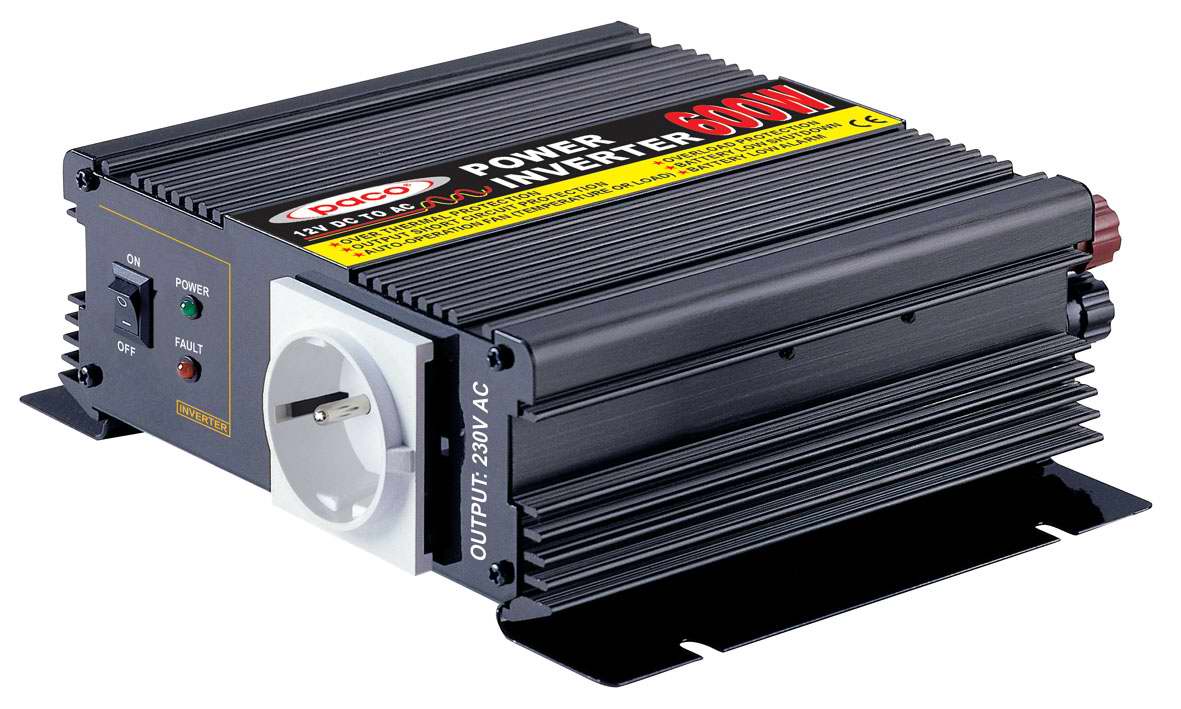Power inverters are an important part of today’s world, converting direct current (DC) power into alternating current (AC) power. These devices play critical roles in a variety of applications, including renewable energy systems, automotive electronics and emergency backup power supplies. Understanding the functions of a power inverter is crucial to understanding its importance in modern society.
In renewable energy systems such as solar or wind, inverters are used to convert direct current generated by panels or turbines into usable alternating current that can be used to run home appliances or fed back to the grid. Without a power inverter, the energy collected from these sources cannot be used, limiting the potential of renewable energy as a sustainable power source.

In the field of automotive electronics, power inverters are used to convert DC power from a car battery into AC power so that electronic devices and appliances can run while on the road. This is especially useful for long road trips, camping, or emergencies where traditional power sources may be limited.
Emergency backup power systems also rely on power inverters to provide AC power during power outages or natural disasters. These systems are critical to maintaining power to critical facilities such as hospitals, data centers and communications networks, ensuring that essential services remain operational when the grid goes down.
Overall, the function of a power inverter is to bridge the gap between DC power and AC power, enabling efficient and safe power conversion for a variety of applications. As renewable energy systems continue to evolve and the demand for portable power solutions continues to grow, power inverters will become an integral part of our daily lives. Understanding their function and importance is crucial to realizing the full potential of these devices in the modern world.
Post time: Dec-15-2023
